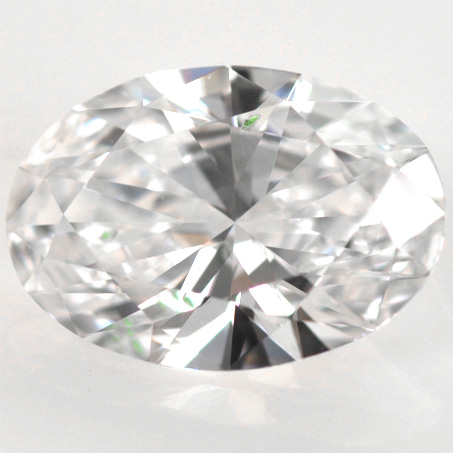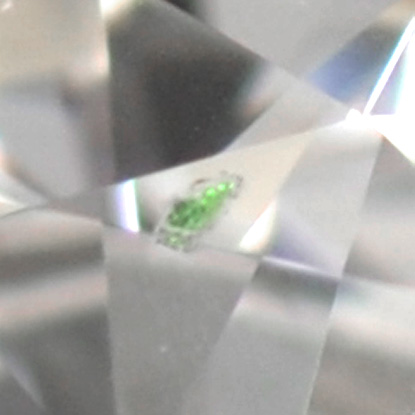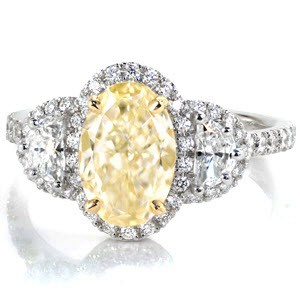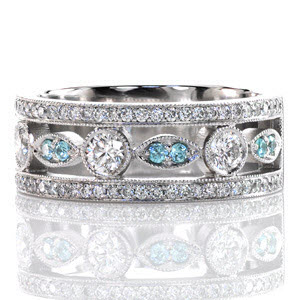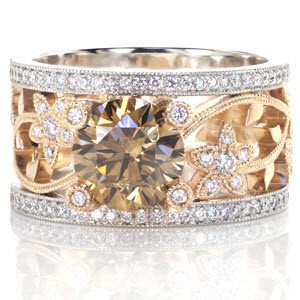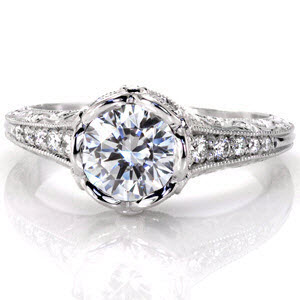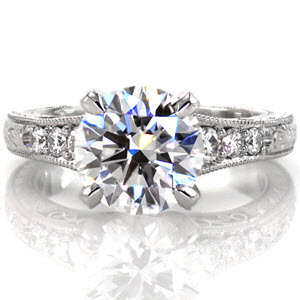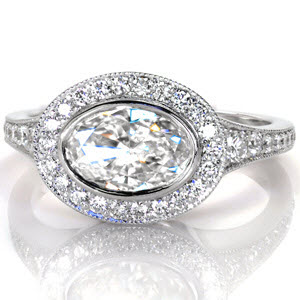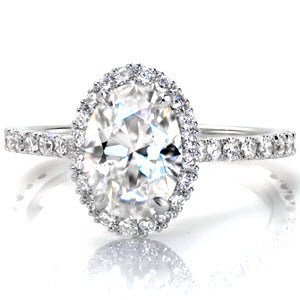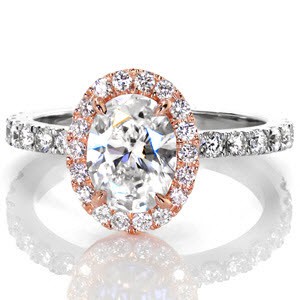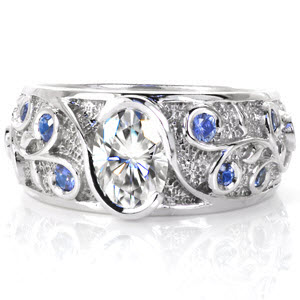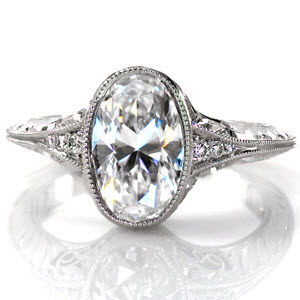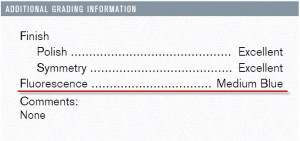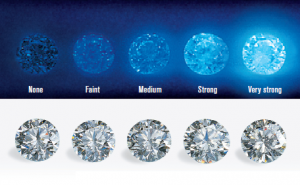This week at Knox Jewelers we encountered a surprising addition enclosed within one of our oval-shaped diamonds. Hidden under a facet junction nestled a tiny green mineral crystal surrounded by the diamond crystal during formation. This clarity characteristic inside a gemstone serves as evidence in its creation. It could lead you to discover how and sometimes even where it formed. Many characteristics can be clues to the events in a gem’s history or the Earth’s own history.
Crystal Clarity Characteristic
Clarity characteristics in diamonds are common. There are very few diamonds that receive the clarity grade of Flawless, most contain some imperfection whether it be an inclusion, a feature enclosed within the diamond, or a blemish, a feature on the surface of a diamond. Diamonds can have many interesting inclusions. Sometimes they can contain another smaller diamond crystal but more often they hold embedded crystals of an entirely different material.
Common Crystal Colors
The color of the included crystal will depend on the type of mineral they are composed of. The most common internal crystal colors are colorless (other diamond), black (carbon), red (garnet) and green (peridot or diopside). Most of the time we can not conclusively determine the mineral an included crystal is, being inside another gem makes it hard to get to and even more complex to test, but color can narrow the spectrum down to a smaller number of options. Even if we don’t know exactly which gemstone it is, included crystals are still a very fascinating addition.
Crystal Formation
As a gemstone grows it competes with other crystals for space and nutrients. A fast-growing crystal can enclose a smaller, slower-growing crystal that then becomes part of the bigger crystal’s life story. The formation and internal world of diamond is incredibly fascinating and we were very excited to come across something so unusual. Inclusions, especially mineral crystals, can be an interesting feature within your diamond. Many of them are very small and not viable to the naked eye, but with magnification they are very intriguing to study.
Pros and Cons of Included Crystals
Most included mineral crystals are small and unnoticeable, but a diamond’s clarity and value could be affected by larger inclusions that can be seen with the naked eye. More obvious colored crystal inclusions are generally undesirable and these inclusions are usually met with negativity. On the other hand, these additions can also make a gemstone unique. They tell the story of the gem’s birth and give each one its own fingerprint. A small crystal could add character to a diamond and turn it into something uniquely your own. Your center stone would be a conversation piece for years to come, and especially appropriate if your favorite color was green!
Choose Your Diamond Today
Stop into Knox Jewelers if you’re looking for something that is original and finely crafted. A little piece of art that you can wear and is different from the rest, with a personally chosen diamond to match. Let Knox Jewelers fashion the ring you will have for the rest of your life. If you happen to have any questions at all about diamonds or their clarity grade, please be sure to let us know. We’re always happy to answer any questions you may have, and we look forward to working together with you to design a work of art that will last and be passed down throughout the ages. Get in touch with our friendly and professional staff today, and we’ll get started on the journey to creating your very own, one-of-a-kind piece of custom jewelry.

